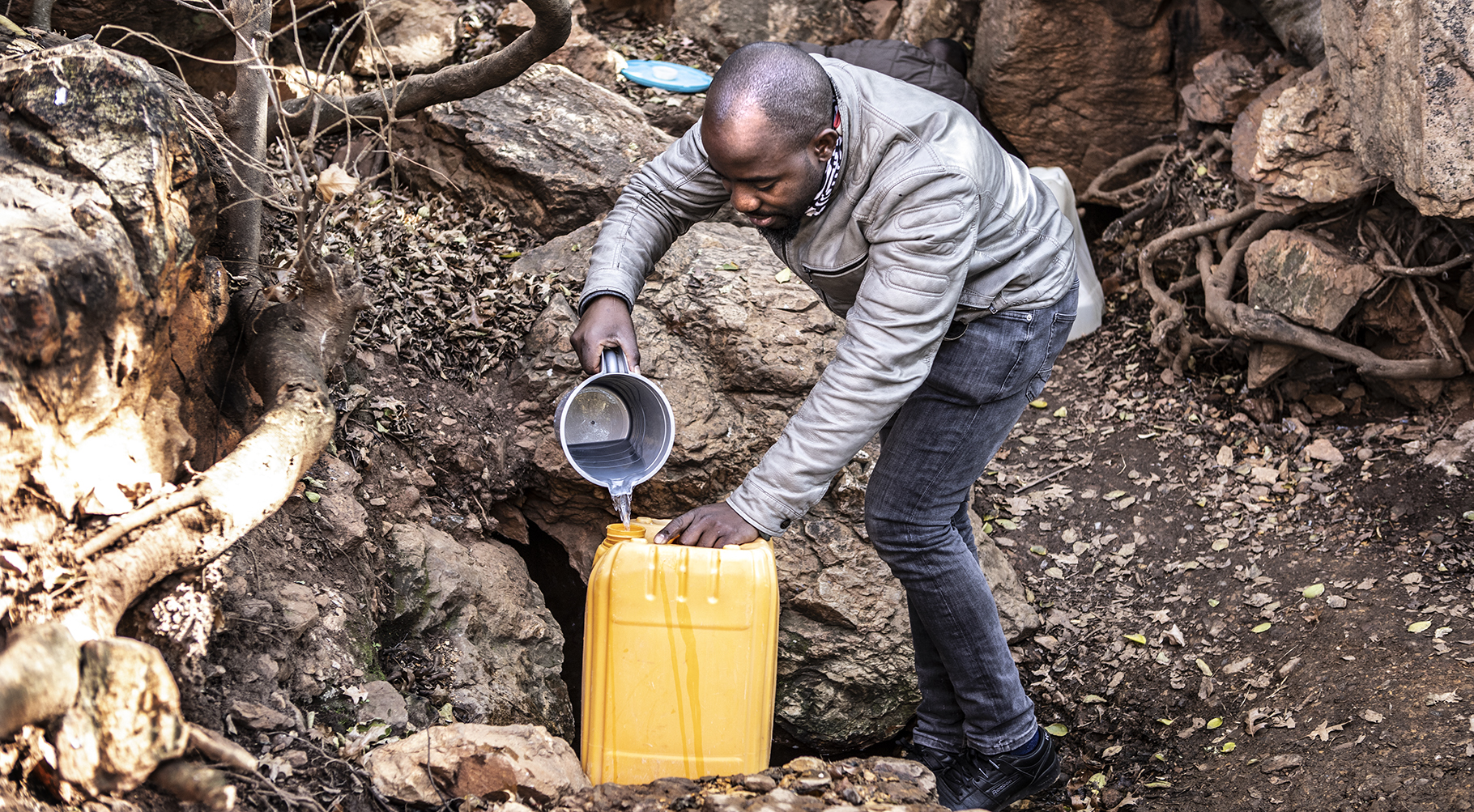Philip Kruger is DA councillor for Ward 86, Johannesburg.
Mark Heywood’s article (Why can’t we live together? The conflict between suburbanites and the homeless in a Johannesburg park) highlights the very complex issue of homelessness in Johannesburg, an issue that affects all cities and for which a considered approach is necessary to deal with it in a sensitive and caring manner. When you add conservation of a sensitive environment in an urban setting which has to accommodate a variety of stakeholders, that issue becomes even more complex.
I would like to provide more of the history of efforts by the local community and stakeholders to deal with the variety of issues at Alberts Farm, which have resulted in, among other things, the erection of the fence.
Alberts Farm Park is unique in that it has four completely different areas: the cultivated park, pristine grassland, wetlands and an ecologically sensitive rocky outcrop. The last three are acknowledged areas of biodiversity that are worthy of conservation. Conservation here means preserving these areas for all residents to enjoy, and balancing the needs and interests of the various stakeholders who use the park.
There have been many challenges to the conservation of the park over the past 30 years, which have led to the degradation of certain portions of it. These include: cyclists using poorly planned routes, Parkrun, illegal church groups making fire in the park, breaking open anthills, pouring salt into the dam, and displaced people using the park for habitation, making illegal fires.
Over the years Johannesburg City Parks and Zoo (JCPZ), the Friends of Alberts Farm (FoAF) and successive ward councillors have attempted to engage with all of these groups, as well as surrounding property owners, through public meetings, educational pamphlets about by-laws and direct engagement – all with mixed success. Groups like the cyclists and Parkrun have been very accommodating, and endeavoured to change their routes to have less impact on the area.
Groups like the churches and displaced people, on the other hand, were not receptive to these engagements, to the point of being threatening towards FoAF members and JCPZ officials.
Most church groups continue to use the park without regard for other users or the environment, which is unfortunate given the importance many religious groups place on these spaces across the city.
Over the years, many residents as well as other park users have complained about being ambushed and assaulted and robbed by criminal elements making use of the porous nature of the park perimeter. Security groups have found that the park is the ideal hideaway shortly after robberies in the area. The park is also victim to massive illegal dumping of household refuse, building rubble and even human remains in singular instances.
During public meetings with FoAF and other stakeholders we engaged with communities surrounding the park, and overwhelmingly they were in favour of fencing as a solution to some of these problems. JCPZ acknowledged the long history of various issues affecting the park and agreed to install the fence.
 The R3-million fence around the park. (Photo: Mark Lewis)
The R3-million fence around the park. (Photo: Mark Lewis)
While I appreciate Mark’s sensitive approach of revealing the humanity of the displaced people living in the park, the bottom line is that we can’t have anyone living in public parks. If you allow one person to live there then you have set a precedent to allow others to live there, and it becomes a slippery slope. Parks are not meant or designed to be lived in – they are there for recreational enjoyment by all residents.
I certainly agree that there is scope for incorporating displaced people into the economy of the parks, given their knowledge of the area and the commitment by some to keeping it clean. The DA has long advocated for properly trained park rangers to maintain the rule of law in the parks in order to make them safe and attractive for all residents to use. There is definitely a case to be made for training displaced people as park rangers, guides and caretaker teams. Parks can and must be an essential part of Johannesburg life – we all benefit from being outdoors and I think most people take great pride in the state of the natural environment.
The fence around Alberts Farm Park represents just one approach to addressing the many issues facing the park, and shouldn’t be seen purely as a way to keep some people out. However, it is a reality that people cannot live in a public park. The City of Johannesburg does need better shelters and a better approach to dealing with homelessness, but for now we need to follow the law, while showing care and respect for those left vulnerable by the current economic crisis facing all residents. DM/MC




 The R3-million fence around the park. (Photo: Mark Lewis)
The R3-million fence around the park. (Photo: Mark Lewis)